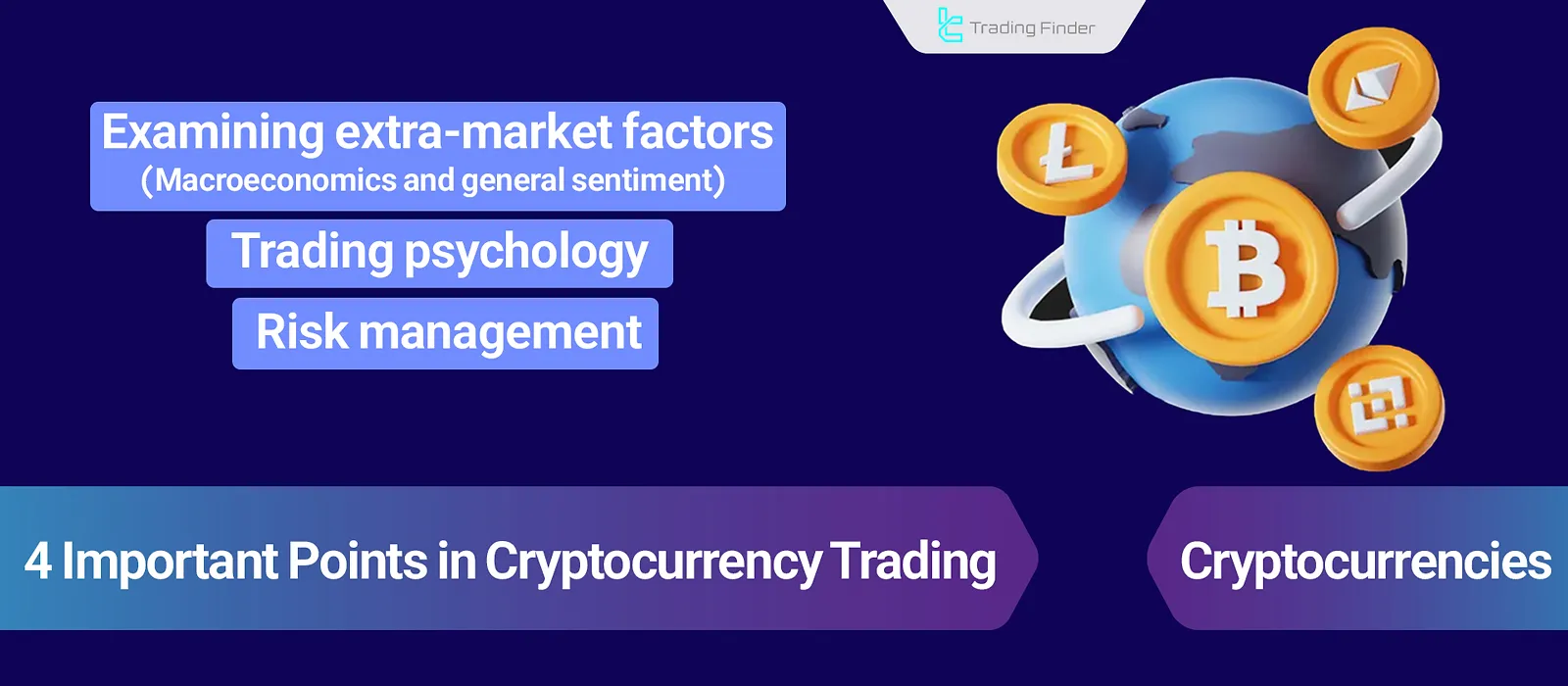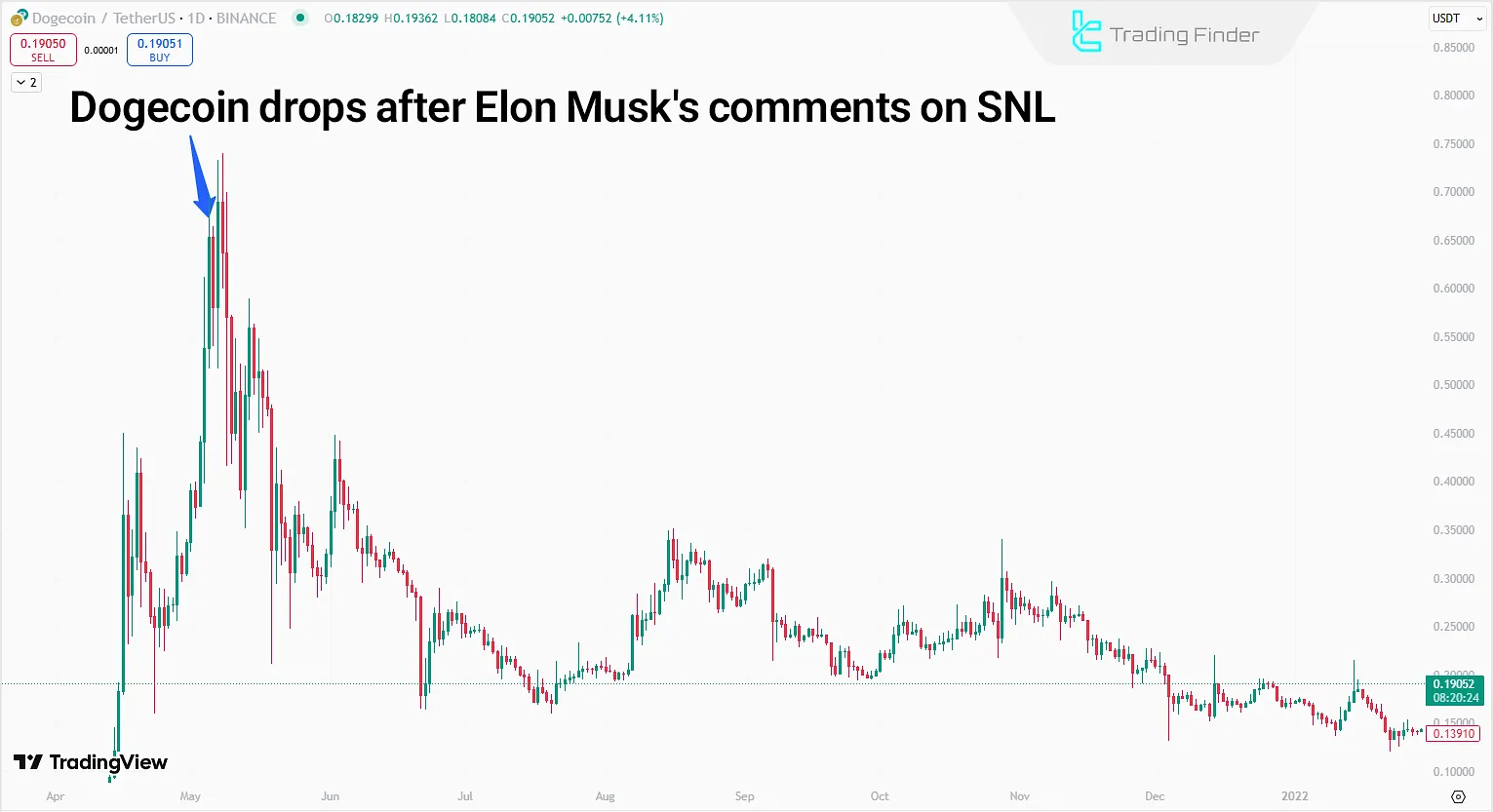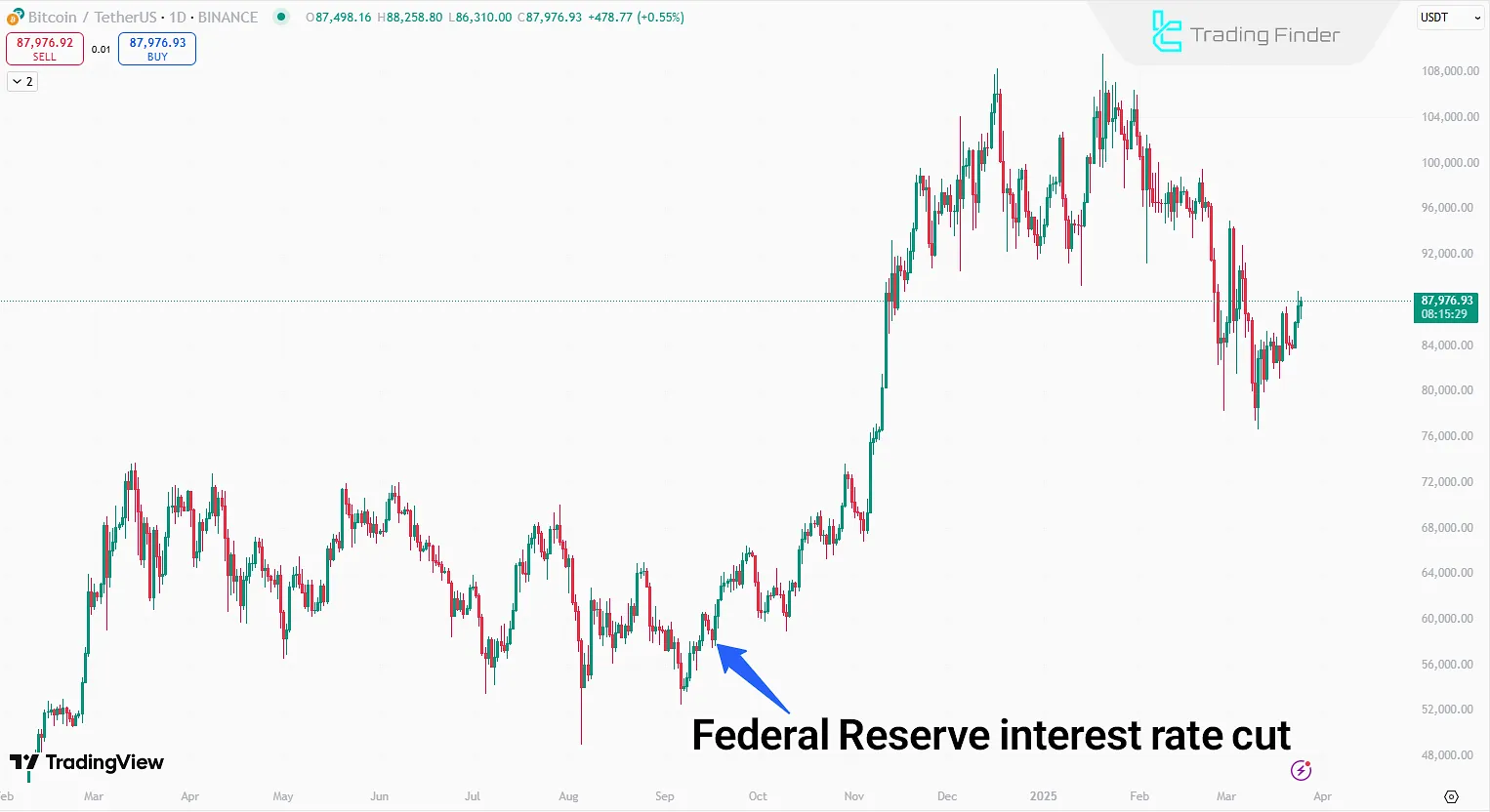Due to the relatively low market value, price volatility in the cryptocurrency market is extremely high, making the market susceptible to market maker behavior.

These players can trap retail investors by creating deceptive opportunities, such as meme coin schemes.
In such conditions, a lack of deep market understanding, failure to identify traps, and Fundamental analysis of cryptocurrencies can lead to significant losses.
Understanding the Cryptocurrency Market
Tared to traditionahe cryptocurrency market is relatively new and has a low market cap. Despite Bitcoin being over a decade old and the market expanding rapidly, it still has a much smaller market value compl markets (stocks, Forex market, bonds, etc.).
Comparison of Market Cap and Trading Volume Across Markets:
Market | Market Cap |
Forex | $7 trillion (daily trading volume) |
Global Stock Market | $120 trillion (2023) |
Cryptocurrency Market | $3.20 trillion (February 2025) |
Global Bond Market | Over $130 trillion (2022) |
Gold | $19 trillion (February 2025) |
Why Should We Pay Attention to the Crypto Market Cap?
When the market cap is low, market manipulation becomes easier for market makers.
For example, if an asset has a market value of 1 billion$ , the price will increase by about double (100%) with an inflow of 1 billion $. However, the same amount of investment in an asset with a market value of 100 billion dollars will only increase the price by 1%.
In other words, the higher the market cap, the harder it is to influence price movements. This explains why assets with low market caps experience extreme volatility.
The Trap of Meme Coins
In crypto market trading, one major risk is falling into meme coin traps. Meme coins are cryptocurrencies without credible projects, relying solely on hype and social media trends to pump their prices.
For instance, in 2021, Elon Musk (a prominent influencer in financial markets) triggered a massive price surge for Dogecoin through his tweets.
Elon Musk needed massive demand to sell his Dogecoin holdings. On May 5, 2021, he created hype by promising to discuss Dogecoin on a TV show.
However, contrary to expectations, he was secretly selling his holdings. After the show, Dogecoin's price plummeted dramatically.

External Factors Affecting Cryptocurrencies
Macroeconomic conditions, such as monetary policy trends and economic indicators (e.g., Inflation, unemployment, GDP growth), influence the market by altering liquidity levels.
Additionally, geopolitical risks or economic-political uncertainties impact Market sentiment and, consequently, price trends.
Macroeconomic Conditions
To assess macroeconomic conditions, traders analyze economic data, monetary policy trends, and liquidity levels. Economic reports cause short-term volatility, while long-term trends depend on monetary policy decisions.
For example, if U.S. inflation data exceeds expectations, it strengthens the dollar and triggers a crypto market downturn.
The Impact of Monetary Policy and Liquidity on Cryptocurrencies
Monetary policy directly affects the cryptocurrency market by influencing liquidity. Increased liquidity flowing into risk assets fuels crypto market growth.
Conversely, liquidity contraction leads to capital outflows and market declines.

For instance, in September 2024, Bitcoin began an upward trend after the Federal Reserve cut interest rates (an expansionary policy boosting liquidity).
Overall Market Sentiment
During risk-on sentiment, risky assets like cryptocurrencies rally. In contrast, risk-off sentiment triggers sell-offs in volatile markets.
Data aligning with dovish monetary policy and economic optimism typically strengthen risk appetite.
The Importance of Risk Management in Cryptocurrency Trading
Cryptocurrencies are a nascent market with a very low market cap (compared to competitors). Given their high risk and extreme volatility, risk management is crucial in crypto trading.
With proper risk management, if a stop-loss is triggered, only a portion of the allocated capital is lost.
Reasonable Risk per Trade
There’s no strict rule for how much risk you should take per trade. However, most experts recommend keeping it below 1% of your total capital.
To follow this guideline, position sizes should be calculated in a way that even if your stop-loss is triggered, you would lose no more than 1% of your overall portfolio.
Psychology in Crypto Trading
Risk and potential losses are inherent to trading. While fear is natural, it can be controlled through risk management. Conversely, during bull markets, greed drives traders to chase higher profits or overleverage.
Signs of Fear in Trading:
- Exiting profitable trades too early
- Poor decision-making during extreme volatility
Signs of Greed in Trading:
- Using excessive leverage
- Adding to winning positions and increasing risk
- Ignoring exit strategies to chase higher gains
How to Manage Fear and Greed?
A clear trading strategy and capital management help control emotions. Emotion Control Techniques:
- Stick to Your Strategy: Define entry/exit points, stop-losses, and risk rules beforehand;
- Risk Management: Pre-determine worst-case losses before entering a trade.
Conclusion
Extreme volatility due to low market caps makes cryptocurrencies high-reward yet high-risk.
To survive in this market, risk management (stop-losses, profit targets, and discipline) and emotional control are mandatory.





